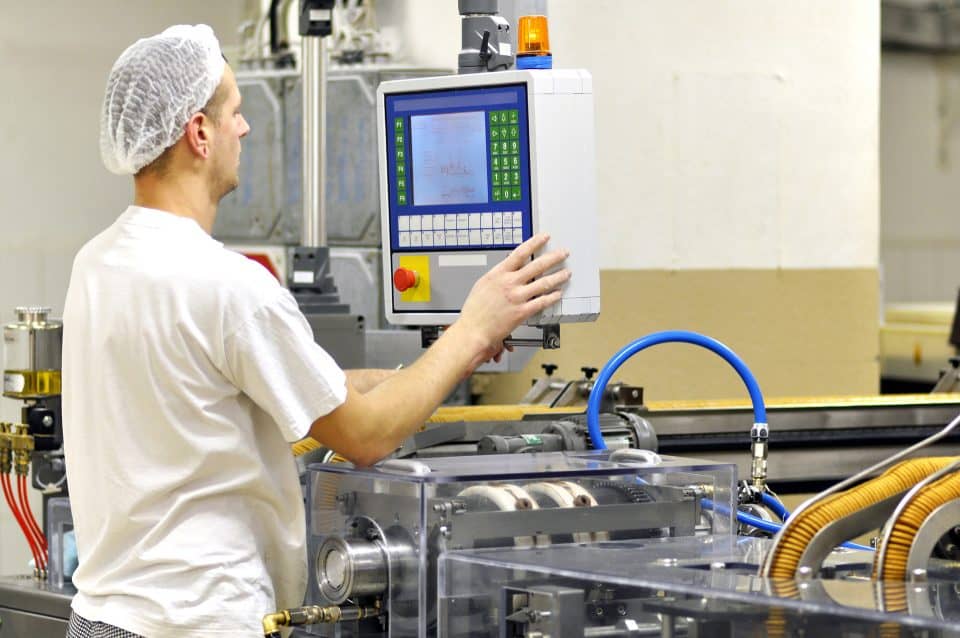INDUSTRIAL OZONE TECHNOLOGY
Ozone? The What, Where, When & Why
Ozone, also known as trioxygen or O3, is an inorganic molecule which is pale blue with a strong pungent smell. Ozone is an allotrope of oxygen which is very unstable when compared to the diatomic allotrope O2.
In simple terms, Ozone is a molecule made up of three oxygen atoms (O3). The ozone molecule is very unstable and has a short life. After a period of time, it will breakdown into its original form of O2.

How Does Ozone Work?
Ozone works through the principle of oxidation by breaking compounds into smaller typically less harmful forms. When the ozone molecule comes into contact with a compound that can be oxidized, the extra charge of the ozone molecule travels across to the compound. Eventually, the extra oxygen atom disconnects from the ozone molecule leaving pure oxygen (O2) behind without any disinfection by products.
These are the stark facts behind the need for effective desalination plants. However, building a land-based facility can be a challenge, especially in densely populated areas where available land may be scarce. Local government regulations can also create a stumbling block, and even when approved, the plant may take years before it is ready for full operation.
How is Ozone Produced?
Ozone cannot be stored and transported like other industrial gases because it quickly decays into oxygen. Therefore Ozone must be produced on site.
Ozone is most commonly produced through the corona discharge method. In this method, oxygen molecules (O2) are passed between two electrodes. An electrical charge is then applied to the electrodes which causes some of the oxygen molecules to split apart and temporarily combine with other oxygen molecules making a molecule of three oxygen atoms (O3).

Corona Discharge VS Plasma Ozone Generation
How Does Corona Discharge or Plasma Ozone Generation work and why Ozone Plasma Generation is better?
How Does Corona Discharge Ozone Work?
Corona Discharge Ozone Generation it the most common type of ozone generator on the market today. A Corona Discharge inside of an ozone generator is an electrical discharge which occurs when the gaseous mixture (air) around the conductor ionizes. The strength of the electrical discharge needs to be tightly regulated to ensure that the electrical field is strong enough to cause the ionization but not so strong as to cause arcing. Corona Discharge Ozone generators can generate ozone gas concentrations of 3-5% depending on the configuration and do not require high concentrations of Oxygen.
How Does Plasma Ozone Work?
Plasma Ozone Generators work on the principle of dielectric barrier discharge in which electrical currents are utilized between and anode and a cathode, through a pure oxygen source creating an electrical field. As the electrical charge passes through the oxygen, it ionizes the gas to a point where it becomes electrically conductive and forms a Plasma.
In a Plasma Ozone generator, the electrical field is closely controlled to maintain the plasma state of the oxygen equal to the feed rate of the oxygen into the generator.

Benefits of Plasma over Corona Discharge Ozone Generation
- Plasma Ozone Generators offer higher ozone gas concentrations in a smaller footprint than the equivalent Corona Discharge Ozone Generators.
- As Plasma Ozone Generators operate using a pure oxygen feed, they are not susceptible to the fluctuations in Ozone gas concentration that is commonly found in Corona Discharge Ozone Generators.
- Plasma Ozone Generators do not form corrosive and toxic nitric acids as the feed gas does not contain Nitrogen and is generally free of moisture.
- Plasma Ozone Generators generate less heat as comparted to a Corona Discharge Ozone Generator of the same capacity.
Common Uses of Ozone
Ozone is the most powerful oxidizer in the world and can be used to destroy bacteria, viruses, and odors. Ozone is hundreds of times more powerful and effective than chemical treatments such as chlorine.
- Used in drinking water and well water treatment ozone can be implemented to precipitate manganese and iron; oxidize hydrogen sulfide and even to detoxify cyanides.
- In zoo’s, aquariums and aquaculture facilities, ozone is used to eliminate odors, remove discoloration, lower nitrite levels as well as control algae and nitrites.
- Municipality drinking water plants will utilize ozone to oxidize pollutants, microorganisms and pathogens with the added benefit of eliminating the harmful disinfection byproducts left behind with the use of common disinfection chemicals.
- Ozone can be used to eliminate odors from sewage treatments plants, garbage transfer stations, industrial factories and even cigarette smoke from hotel rooms.
- Within the fruit and vegetable packing industry ozone not only has the benefit of helping to sanitize fruit, it also improves the taste of tomatoes and pineapple.
View all Ozone Applications and how Ozone Technology is used in various Industries.




Benefits of Using Ozone Technology
- Eliminates transportation storage and handling of oxidizing chemicals.
- At low concentrations, ozone is a strong disinfectant
- Ozone breaks down into oxygen gas leaving no by-products
- Effective at removing taste, odor and color from liquids
- Great for treatment of air to remove odors
- Reduced risk of accidental pollution as compared to alternative methods of water treatment.
- Reduces filter clogs
- No need of periodic backwashing
- No problems due to sludge bulking
- Simply and economically produced onsite and delivered direct to the point of use
- Reduced sludge production
- Complete organic load removal
- Used in air, ozone kills viruses and pathogens
- Ozone is safe when properly handled.
- Faster growth rates in aquaculture applications
- Reduced water usage in filtration applications
- Effective disinfection of agricultural products with no residual chemicals left behind
OZONE ENGINEERING & EQUIPMENT REQUEST
Creation & Innovation is what MAT Engineering is made of. Efficiency & Performance is where it leads to.
Ask our Engineering team how ozone gas technology can be implemented into your application.
